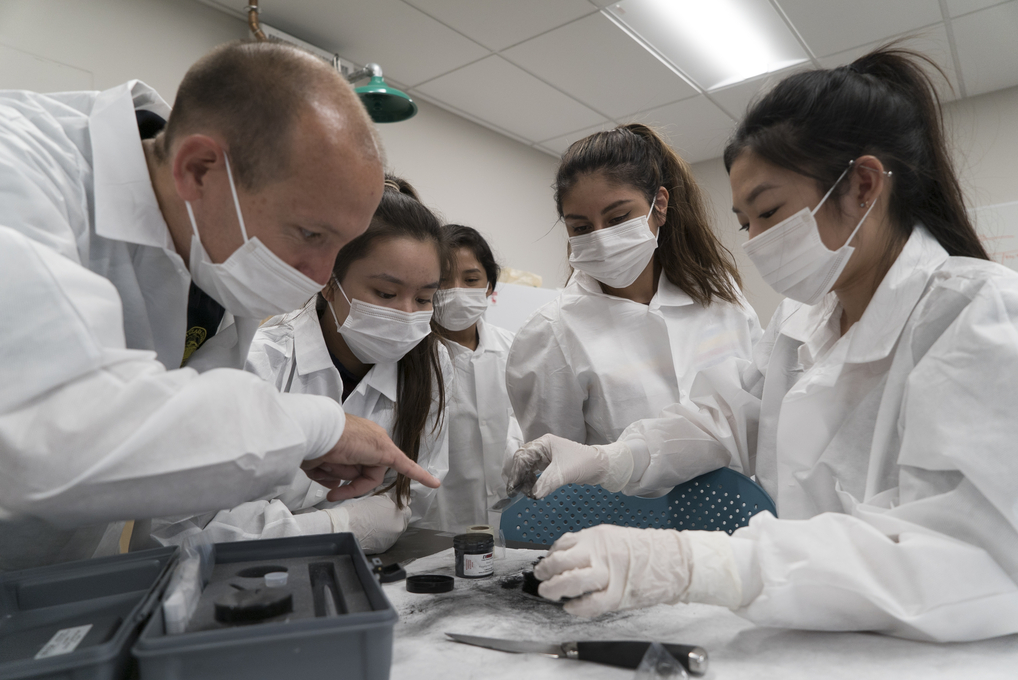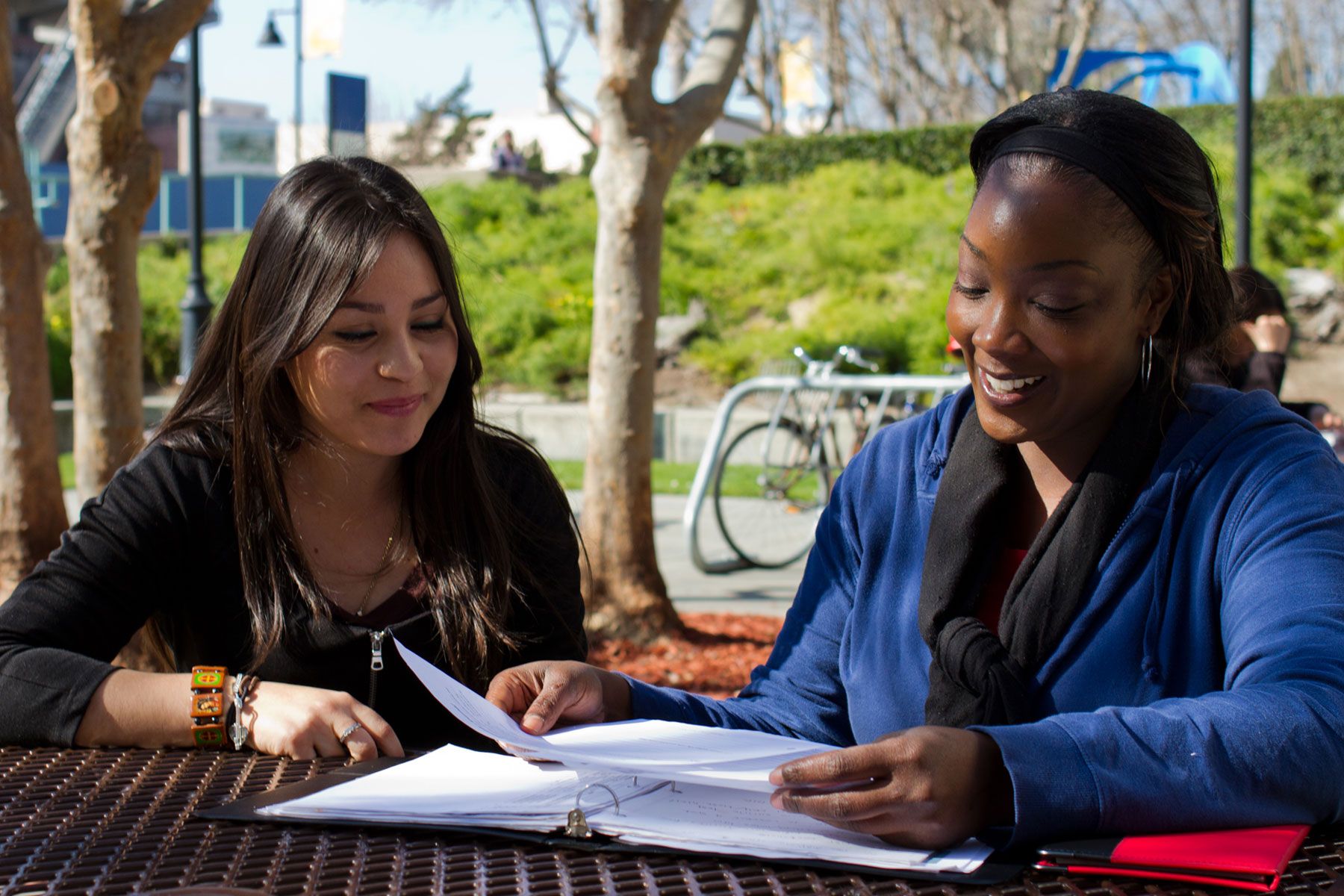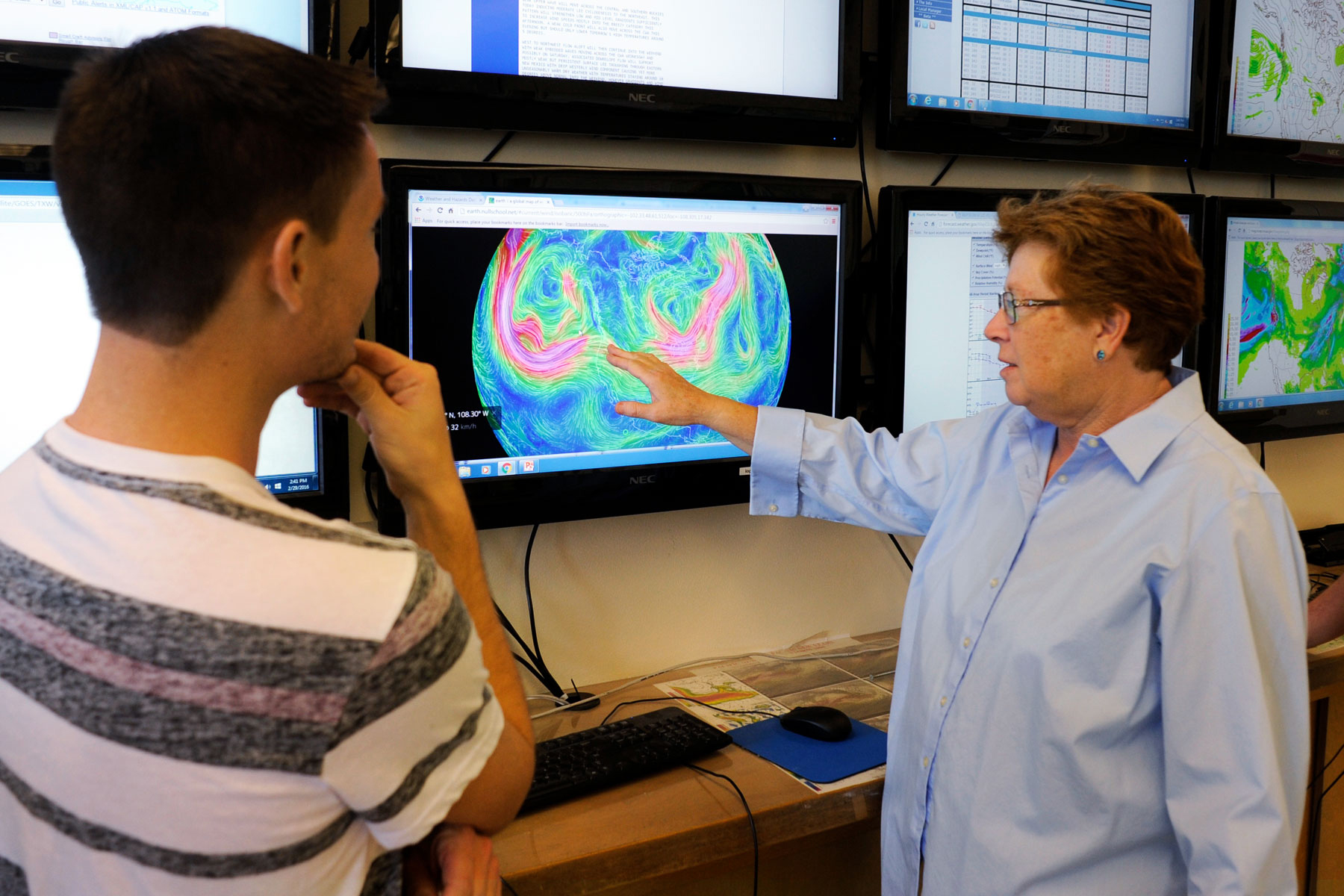
Dr. Mary A. Papazian
After a long and thorough search, we were absolutely thrilled earlier this summer to welcome Dr. Mohamed Abousalem as SJSU’s inaugural vice president for research and innovation. Because our research and innovation potential is so ripe for growth, we determined a campus-wide leadership position was needed.
Mohamed is having an immediate and positive impact on our long-term R&I goals. His career is full of success stories where he built or expanded upon highly impressive research and innovation initiatives, and I can tell you that he is brimming with ideas, possibilities and enthusiasm for us here at SJSU.
Growing our investment in research, scholarly and creative activities (RSCA) is a big part of what we are aiming to do here at San Jose State. Our approach to research and innovation is directly tied to our commitment to student success, to having meaningful impact on the questions that align with our values and to supporting our faculty and staff in creating an engaging and dynamic intellectual environment for our students and entire community, all of which are so critical to any higher education institution.
Just under a year ago, we committed to supporting our faculty more intentionally in their research, scholarship, and creative activities (RSCA) efforts and launched the University RSCA Assigned Time program. This new program is designed to provide all research-active faculty members the time they need to engage in their scholarly and creative activity as part of their assigned workload.
All tenure-track and 34 percent of tenured faculty members currently participate in the program, and we expect that number to climb each year.
I am so pleased that we finally are acknowledging—with actual resources!—that engaging in research, scholarship and creative activity is an essential part of a faculty member’s academic responsibility at SJSU. It is not only a responsibility, however—it is an opportunity for those faculty members to develop into renowned teacher-scholars who are impacting the lives of our students and addressing the essential questions of our time.
Simultaneously, we are investing in the expansion of our RSCA support infrastructure. For example, Mohamed and his team are recruiting Research Development Specialists to help faculty expand external funding opportunities by creating productive relationships and developing and implementing strategies that increase our competitiveness.
The ultimate goal, of course, in growing our RSCA activities is to position our faculty and students so that they can develop opportunities for innovations that we can then bring to society.
That is precisely why Mohamed and our new division for research and innovation will be setting up an Office of Innovation: to provide facilitation and coordination services that enable our campus constituents to bring their inventions, ideas and methodologies to practice for the benefit of our local and global communities.
And what a foundation we already have upon which to build! Here are just a few of the notable research and faculty achievements we have seen of late:
Lionel Cheruzel from our College of Science is among the eight national winners of the 2019 Henry Dreyfus Teacher Scholar Award. This is only the second time that a San Jose State faculty member has won the award since its inception in 1994. The award is based on accomplishment in scholarly research with undergraduates, as well as a compelling commitment to teaching, and provides an unrestricted research grant of $75,000.
Also in our College of Science, 18 grants involving 14 different researchers from our marine science program at Moss Landing Marine Laboratories were awarded during the last six months alone, valued at more than six million dollars!
A sampling of the projects includes Analysis of Zooplankton in Alaska; Seaweed growth testing; Leatherback turtles; Monitoring the San Francisco Estuary; Testing ballast water treatment systems; Pesticide remediation; and Nutrient cycling in kelp forests. Wow!
Other SJSU scientists, too, are earning top awards. Kim Blisniuk received a CAREER award, the National Science Foundation’s most prestigious award in support of early-career faculty. This award came with a $314,000 research grant, which will further Kim’s work in re-evaluating the seismic hazard potential of individual faults that make up the southern San Andreas Fault system.
Monica Allen and Laurie Drabble from the College of Health and Human Sciences are working with Carlos Garcia from the College of Social Sciences and Folarin Erogbogbo from the College of Engineering to explore innovative strategies to reduce isolation, increase social support and improve access to healthy food and exercise among underrepresented minority males.
This truly is a multi-disciplinary effort that will lead to the development of a mobile app that helps improve the number and frequency of health promotion behaviors among minority males.
Also in the College of Engineering, Wencen Wu has been awarded a $300,000 grant by the National Science Foundation to develop an integrated research, education, and outreach program.
She will do this by providing graduate students with interdisciplinary and challenging research experiences covering robotics, control theory, sensor networks, and partial differential equations, and by providing undergraduate students with the opportunity for early involvement in research activities through algorithm development and testbed experiments.
Wencen will work to motivate K-12 students though the Rensselaer Polytechnic Institute’s Engineering Ambassadors program by providing them with first-hand robotics experiences.
And from our College of Humanities and the Arts, Roula Svourou and Chris Donlay in the Linguistics and Language Development group are partnering with external colleagues to research and preserve Domaaki, which is a severely endangered language spoken only in northern Pakistan.
As with many endangered languages, Domaaki has no written system, so the Pakistani team captures the language, area history, stories, songs, and recipes in audio and video recordings. They collaborate remotely with their SJSU counterparts, who are analyzing the data and developing a digital compilation of the language.
Isn’t this amazing? The fact that language is inextricably intertwined with one’s identity and culture makes this research so important on a humanitarian level.
Clearly, we are poised and ready at San Jose State to take our research and innovation activities to the next level. We have ambitious goals, and I am confident we will reach them!